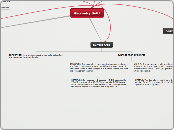por Natalie Hendry 12 anos atrás
1812
Area, Perimeter & Volume
Understanding the principles of measurement involves addressing four key questions: where, why, how, and what. The "where" identifies the specific aspect being measured, such as area, perimeter, or volume.









